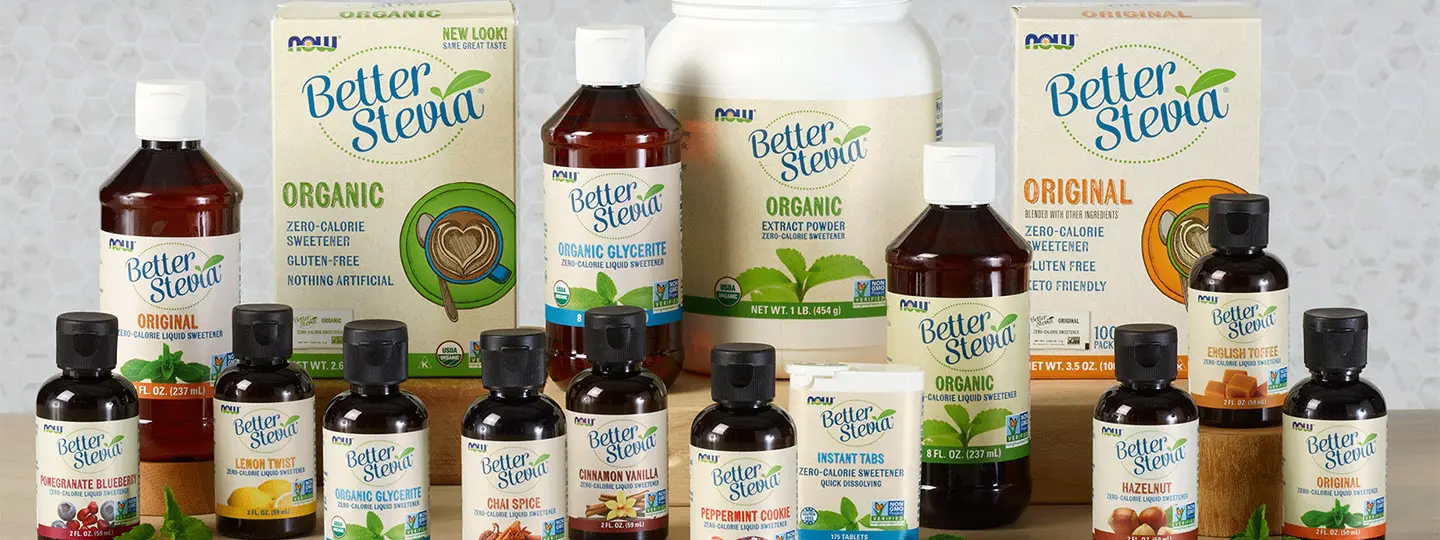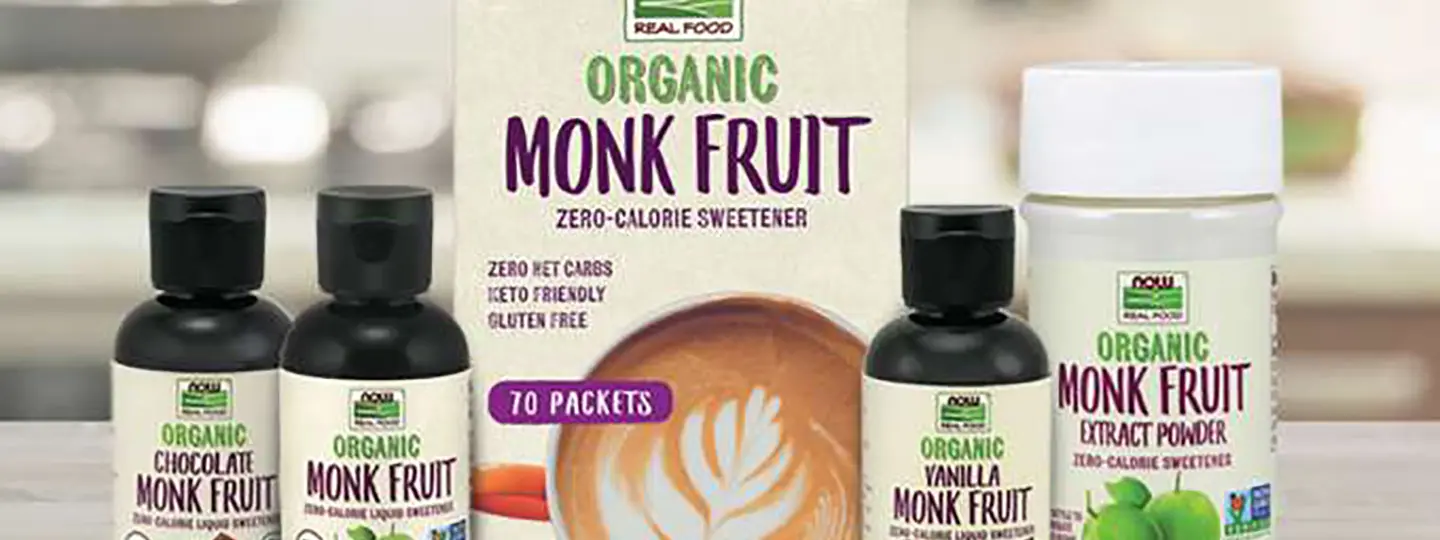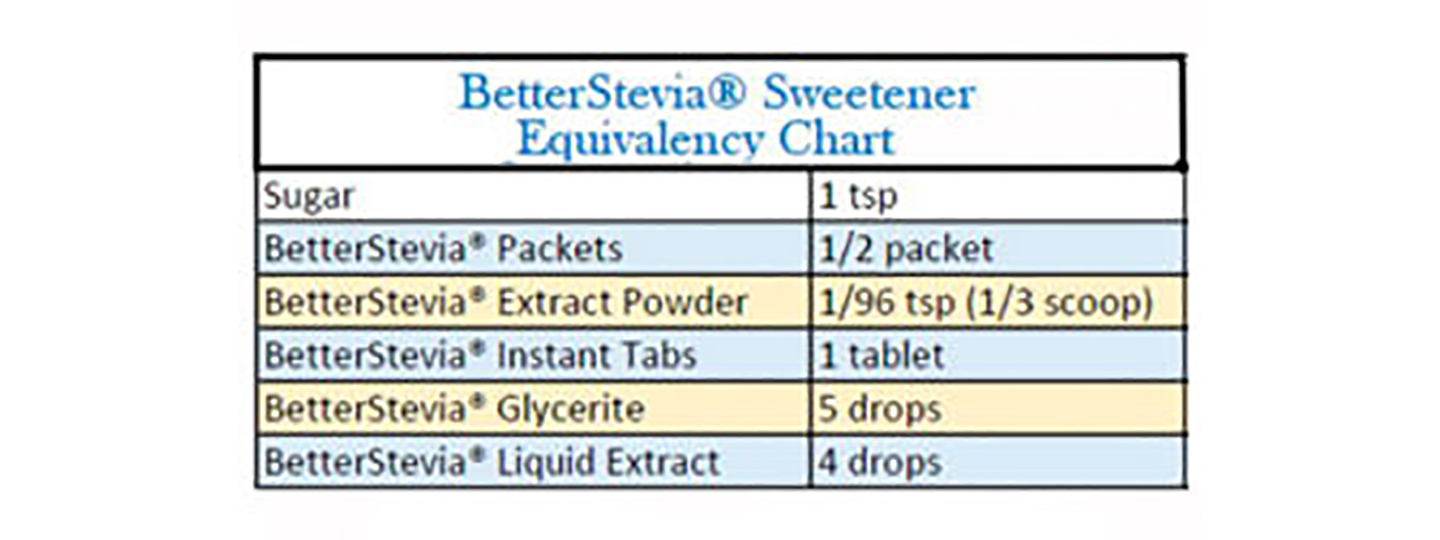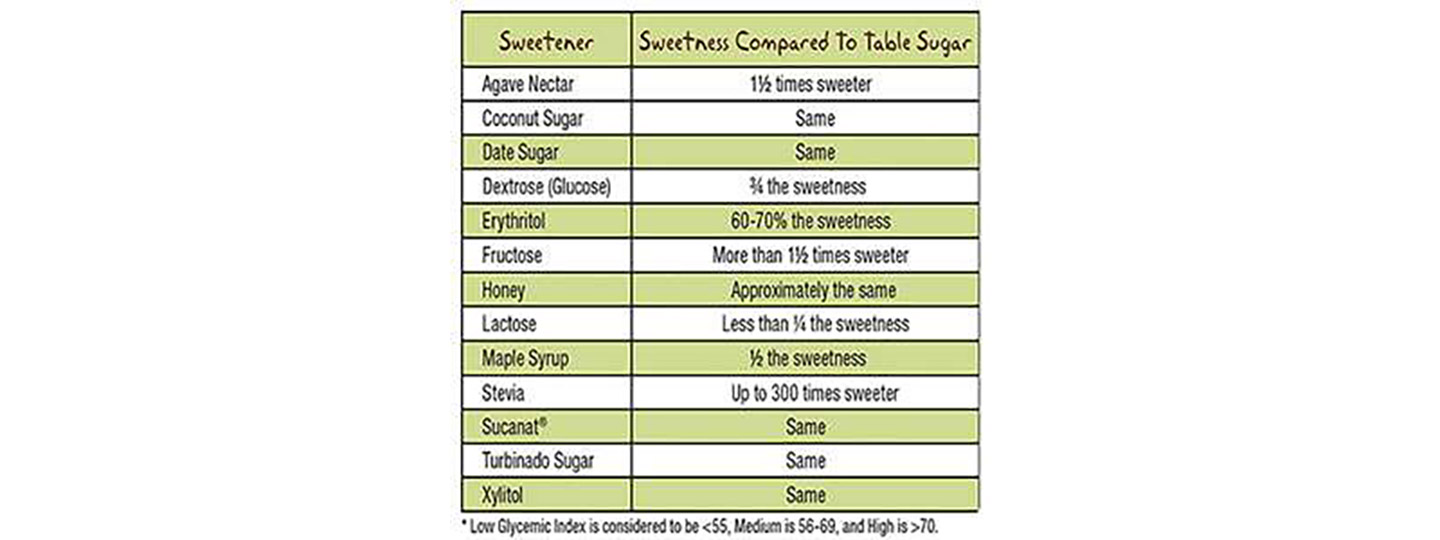Xylitol Pet Safety
Are there any cautions or warnings regarding the use of Xylitol? Yes!
KEEP OUT OF REACH OF PETS AND ANIMALS. DO NOT FEED XYLITOL OR ANY PRODUCT CONTAINING XYLITOL TO YOUR PET OR TO ANY ANIMAL.
My pet just ate a product that I think may have xylitol in it. What do I do?
This is a veterinary medical emergency.
Don’t take chances. Time is of the essence.
If you suspect your pet ingested Xylitol by either observing this happen or finding evidence of a chewed container or product, and the animal(s) is acting normal, you should attempt to give them a small meal mixed with a spoonful of table sugar or honey and at the same time immediately seek veterinary medical attention.
If you have evidence that they ingested any product that contains Xylitol and the animal(s) is not acting normal, you should seek veterinary medical attention immediately without giving the animal any food. Note: you can place a small spoonful of sugar or honey in their mouth if it can be done quickly and safely for you and your pet. You do not want to struggle with them to do this, nor do you want to put your fingers anywhere in their mouth. Time is critical.
What are the signs of xylitol ingestion in animals?
These are the same signs you would see in an animal that has very low blood sugar levels such as nausea, vomiting, lethargy, depression, dizziness, staggering or seizures.
How do I know if a product contains Xylitol or not?
At NOW Foods, Inc. we are taking the action of labeling all of our xylitol containing products with a warning that xylitol is harmful to pets.
Other commercial brands are suspect if they are not specifically made for dogs and are marketed as low-calorie, sugar-free or prevents tooth decay. Examples of products where xylitol may be used include peanut butter, candy, ice-cream, beverages, human medications, drugs, dental products, sinus and nasal sprays, deodorants, towelettes, baby wipes, skin creams and other personal care products.
Which animals are susceptible?
At this point in time, xylitol has been found to be a problem for dogs, ferrets, rabbits, cows, baboons, goats and pigs.
Why does it cause a problem in susceptible animals?
Unlike people, when xylitol is ingested by susceptible animals it causes the pancreas to release 2-7 times the amount of insulin that is normally seen in response to eating an equivalent amount of table sugar. This causes a profound drop in blood sugar, called hypoglycemia, that can be life threatening. At very high levels of ingestion damage to the liver can also occur.
How fast does this happen?
Xylitol is absorbed very quickly after ingestion so, xylitol can take anywhere from 10 minutes to 12 hours to have an effect. That is why as long as your pet is acting normal you should give them a small meal and immediately get them to a veterinarian for preventative care. If they are showing any signs of low blood sugar such as vomiting, lethargy, depression, dizziness or seizures, do not give them a meal, just get them to a veterinary medical facility immediately.
What is Xylitol?
It is a sugar-alcohol normally found at low levels in fruits and vegetables that is very similar in sweetness to table sugar.
How much does an animal need to ingest to cause a problem?
Ingestion of a product containing xylitol in any amount has the potential to cause illness in susceptible species such as dogs and ferrets.










